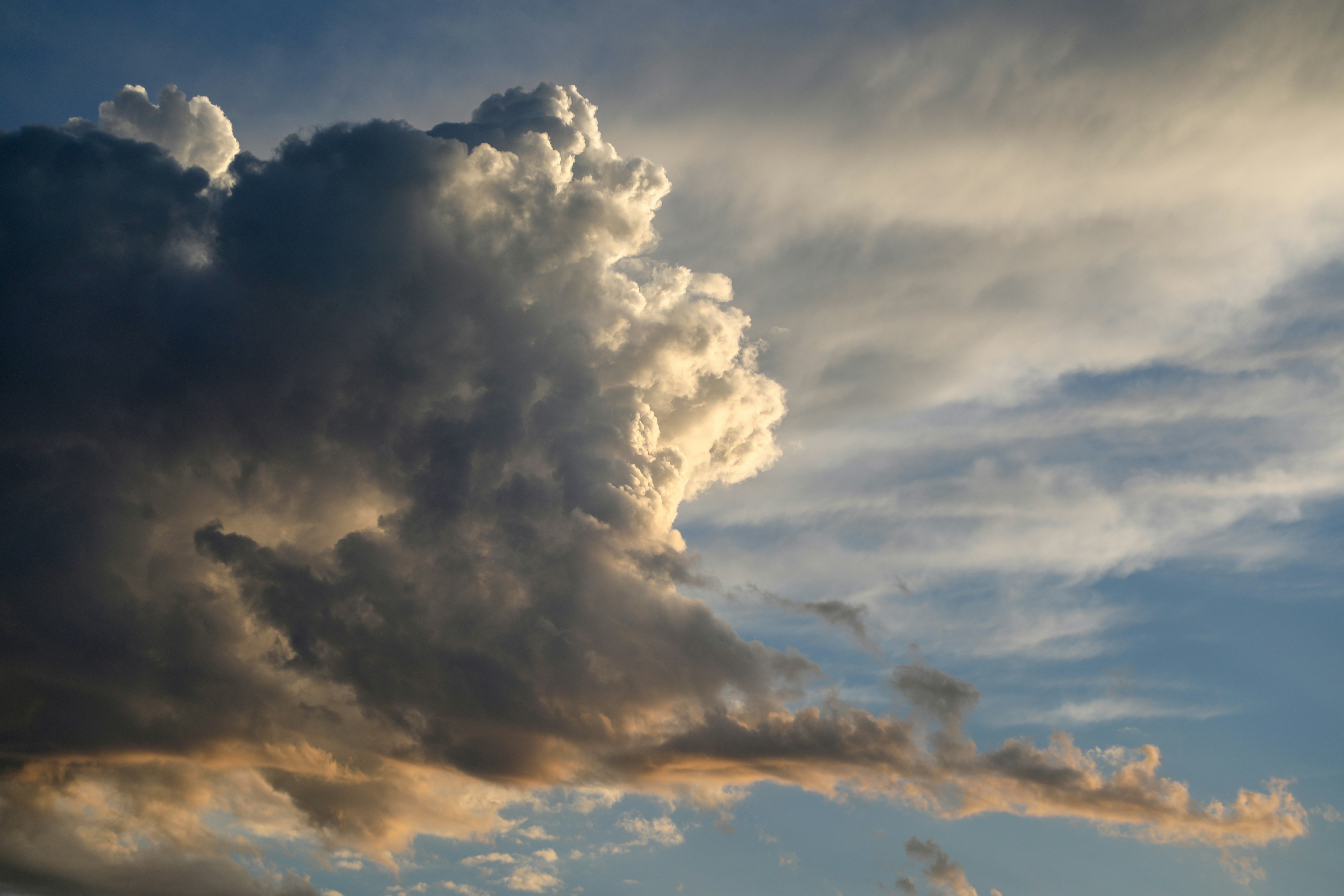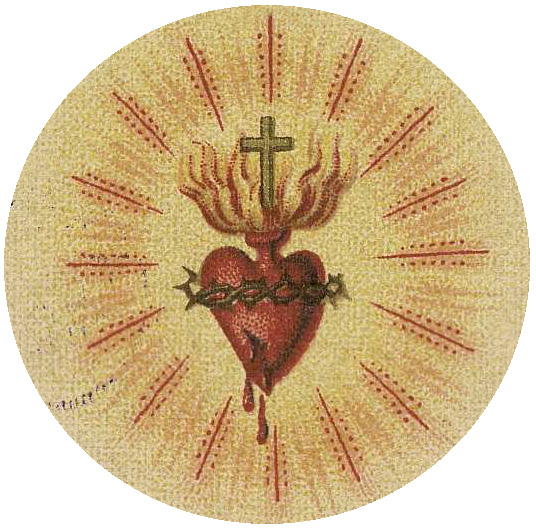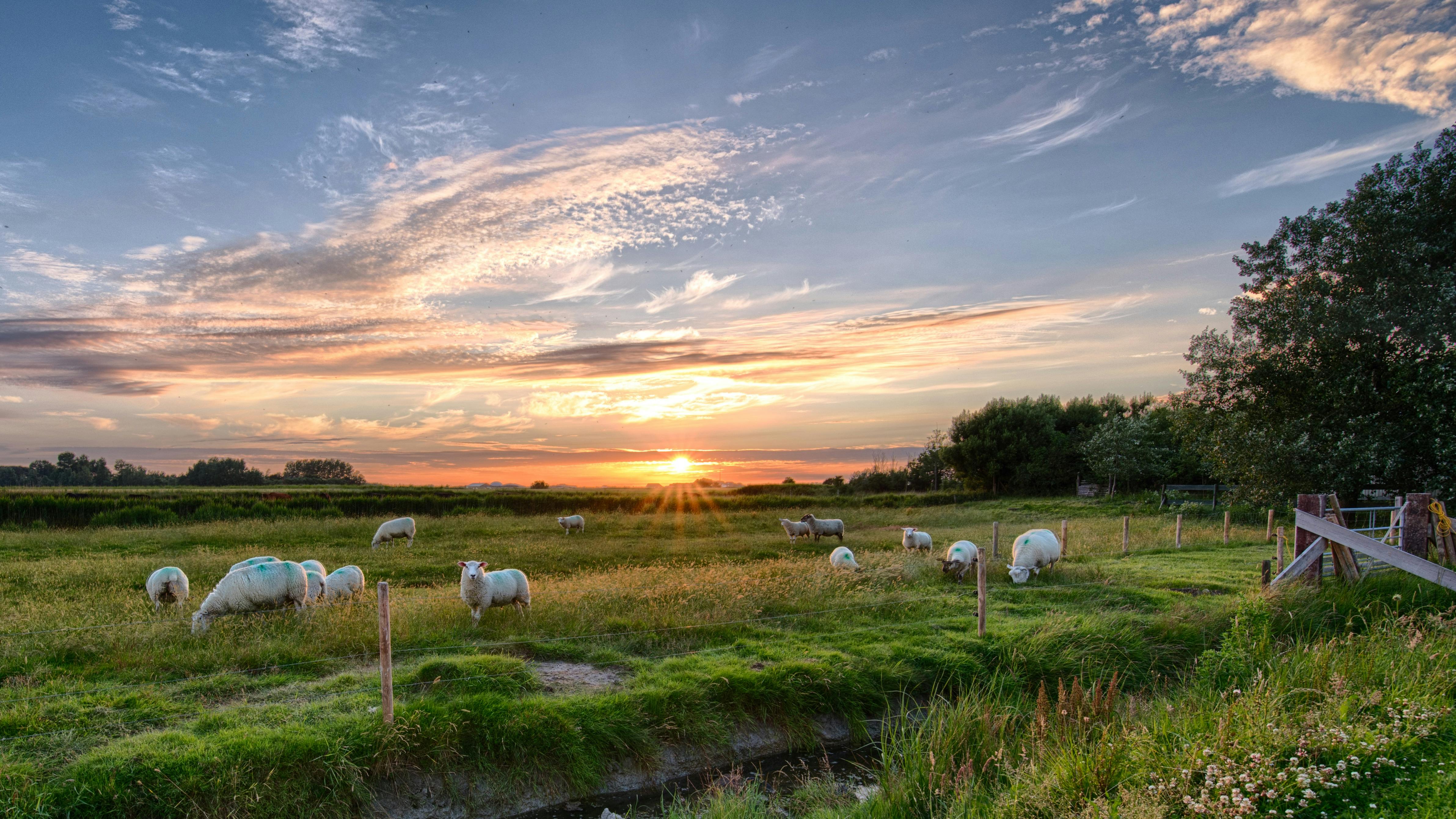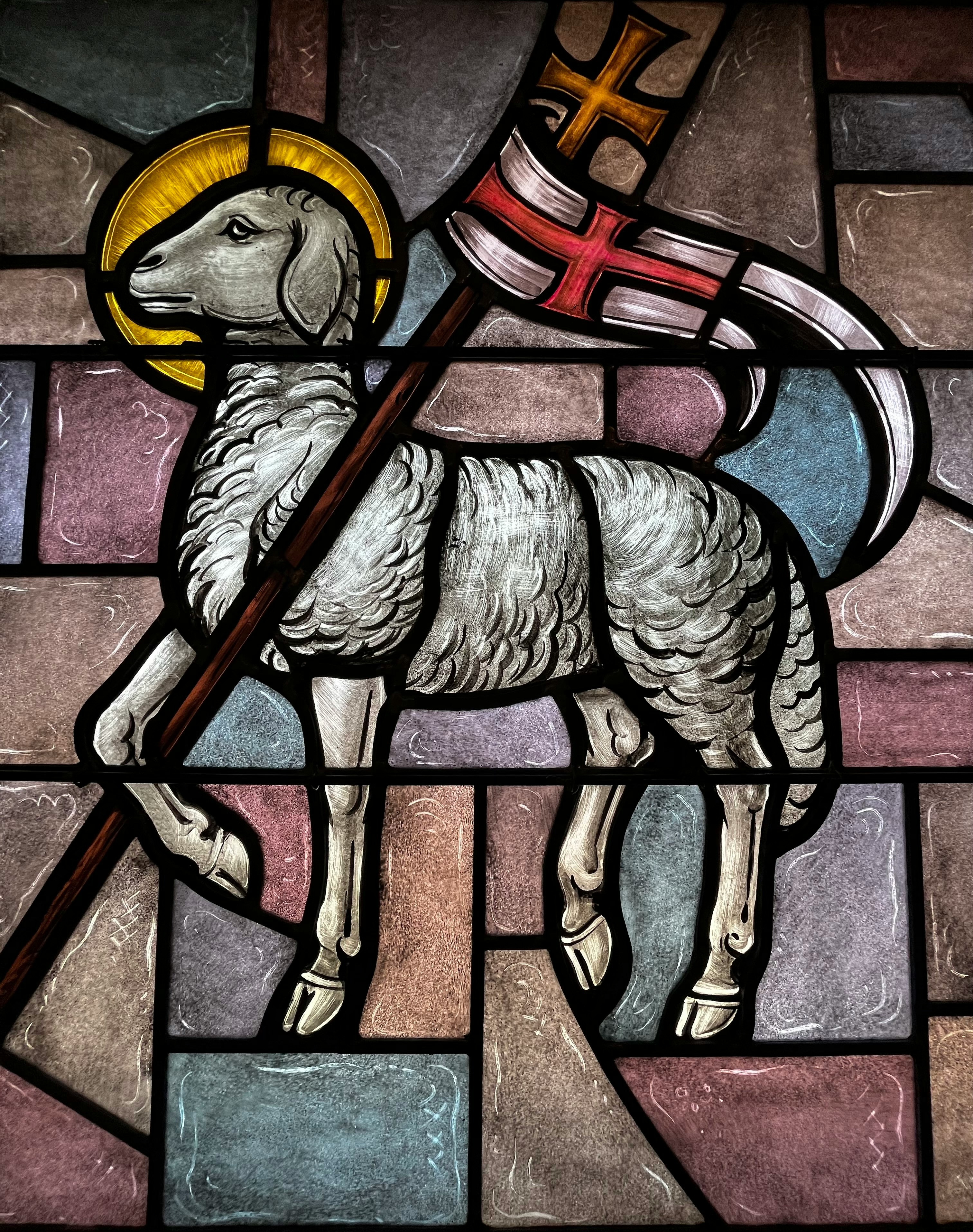Who or what has authority over your life? Is it your job, your schedule, maybe the demands of parenting? Is it something more subtle such as negative thoughts, past wounds, or future ambitions? In today’s Gospel, the One with authority approaches and acts only as the Holy One of God can.
In today’s Gospel, Jesus rebukes the team of tormentors and casts them out. In turn, faith grows. What if God was inviting you today to let Him have authority over your life? Perhaps today the Holy One of God is asking to be the Lord over your life. What might that look like?
This may sound extreme. Why would any free thinker of the modern era give somebody authority over his or her life? Truly, there is no greater joy than a life in Christ. To whom shall we go if not Jesus (Jn 6:68)? Who else can command our inner demons to flee and free us from the burdens we so desperately want to lay down? Even more, who is so loving as to lay down His own life for his friends (John 15:13)? Only Jesus.
That is why we ought to give Jesus authority, but how? Letting Jesus have authority over our lives means trusting Him with everything, and I mean EVERYTHING. Take note of your thoughts and attitudes. Are you entrusting your fertility to Jesus? What about that monthly budget, or those adult children who are not practicing their faith? Are you clinging to worries? Giving Jesus authority means placing all concerns, hopes, and failures into his hands, then praying for the grace to do your part. Remember and believe His words when He says, “Even the hairs on your head have all been counted. Do not be afraid. You are worth far more than any number of sparrows” (Luke 12:7). Let those words penetrate, “you are worth far more than any number of sparrows.”
We don’t know if the demoniac was in the synagogue seeking healing or destruction. However, we do know by his witness that not letting Jesus be the author of our life is tragic. It leads to despair, anxiety, and isolation. Imagine the peace and stunning joy at the realization that he was free from all the torment he had endured.
Although you’re most likely not experiencing what that man did, Jesus wants to free you from all that chains you down. I invite you to let him free you from all the burdens. Let him give you peace that comes with his yoke. Let him be the loving God he wants to be for you.
¿Quién o qué tiene autoridad sobre tu vida? ¿Tu trabajo, tu horario, tal vez las exigencias de ser padre de familia? ¿O es algo más sutil como pensamientos negativos, heridas del pasado o ambiciones para el futuro? En el Evangelio de hoy, el que tiene autoridad se acerca y actúa como sólo el Santo de Dios puede.
En el Evangelio de hoy, Jesús reprende al equipo de torturadores y los expulsa. A su vez, la fe crece. ¿Qué pasaría si Dios te estuviera invitando hoy a permitirle tener autoridad sobre tu vida? Tal vez hoy el Santo de Dios te esté pidiendo ser el Señor de tu vida. ¿Cómo sería eso?
Esto puede sonar extremo. ¿Por qué cualquier librepensador de la era moderna le daría a alguien autoridad sobre su vida? En verdad, no hay mayor alegría que una vida en Cristo. ¿A quién iremos sino a Jesús (Jn 6,68)? ¿Quién más puede ordenar a nuestros demonios internos que huyan y liberarnos de las cargas que tan desesperadamente queremos dejar? Más aún, ¿quién es tan amoroso como para dar su vida por sus amigos (Juan 15,13)? Sólo Jesús.
Por eso debemos darle autoridad a Jesús, pero ¿cómo? Dejar que Jesús tenga autoridad sobre nuestras vidas significa confiarle todo, y me refiero a TODO. Presta atención a tus pensamientos y actitudes. ¿Estás confiando tu fertilidad a Jesús? ¿Qué pasa con ese presupuesto mensual, o esos hijos adultos que no están practicando su fe? ¿Estás aferrado a las preocupaciones? Darle autoridad a Jesús significa poner todas las preocupaciones, esperanzas y fracasos en Sus manos, y luego pedir la gracia para hacer de tu parte. Recuerda y cree en sus palabras cuando dice: “Hasta los cabellos de tu cabeza están todos contados. No tengas miedo. Vales mucho más que cualquier número de gorriones” (Lucas 12,7). Deja que esas palabras penetren en ti: “Vales mucho más que cualquier número de gorriones”.
No sabemos si el endemoniado estaba en la sinagoga buscando sanación o destrucción. Sin embargo, sabemos por su testimonio que no dejar que Jesús sea el autor de la vida es trágico. Nos lleva a la desesperación, la ansiedad y el aislamiento. Imagina la paz y la alegría deslumbrante que sintió al darse cuenta de que estaba libre de todo el tormento que había soportado.
Aunque es probable que no estés experimentando lo mismo que ese hombre, Jesús quiere liberarte de todo lo que te encadena. Te invito a que le dejes liberarte de todas las cargas. Deja que te dé la paz que viene con su yugo. Deja que sea el Dios amoroso que quiere ser para ti.
 Former NPS Park Ranger, Catholic educator, and Youth Minister, Melissa Lucca now spends her days evangelizing family and neighbors as a stay-at-home mom. She holds an MA in Theology from the Augustine Institute and pursues personal study in her spare time. Melissa loves Ignatian Spirituality, Mother Mary, and rock climbing. If you don’t hear her and her kiddo laughing at home, then they are probably out on an adventure!
Former NPS Park Ranger, Catholic educator, and Youth Minister, Melissa Lucca now spends her days evangelizing family and neighbors as a stay-at-home mom. She holds an MA in Theology from the Augustine Institute and pursues personal study in her spare time. Melissa loves Ignatian Spirituality, Mother Mary, and rock climbing. If you don’t hear her and her kiddo laughing at home, then they are probably out on an adventure!
Feature Image Credit: Duccio di Buoninsegna, en.wikipedia.org/wiki/File:Duccio_-_The_Temptation_on_the_Mount.jpg
The views and opinions expressed in the Inspiration Daily blog are solely those of the original authors and contributors. These views and opinions do not necessarily represent those of Diocesan, the Diocesan staff, or other contributors to this blog.


 Christine Arata is a San Francisco, California native. She lives a few blocks away from the ocean and a park. She finds nature inspiring. Her cat brings her comfort. She loves being creative not only with her writing but with almost everything, including her home cooking. Her studies in the Catholic faith are ongoing. In 2019, when she discovered St. Hildegard of Bingen was underrepresented by Catholics, she found a purpose. Her latest website, St. Hildegard’s Wisdom features blog posts about all of that:
Christine Arata is a San Francisco, California native. She lives a few blocks away from the ocean and a park. She finds nature inspiring. Her cat brings her comfort. She loves being creative not only with her writing but with almost everything, including her home cooking. Her studies in the Catholic faith are ongoing. In 2019, when she discovered St. Hildegard of Bingen was underrepresented by Catholics, she found a purpose. Her latest website, St. Hildegard’s Wisdom features blog posts about all of that: 
 Lily, age 23, is a Michigan native and cradle Catholic who has spent most of her life exploring her own reasons to embrace her faith fully. She attended Franciscan University of Steubenville, where she discovered the beauty of her personal relationship with Christ and the Church. After college, she worked in Montessori Education for three years and recently transitioned to nannying. She is excitedly preparing for marriage in May 2025 and spends most of her time reading, wedding planning, and enjoying her dog and family!
Lily, age 23, is a Michigan native and cradle Catholic who has spent most of her life exploring her own reasons to embrace her faith fully. She attended Franciscan University of Steubenville, where she discovered the beauty of her personal relationship with Christ and the Church. After college, she worked in Montessori Education for three years and recently transitioned to nannying. She is excitedly preparing for marriage in May 2025 and spends most of her time reading, wedding planning, and enjoying her dog and family!
 Dr. Alexis Dallara-Marsh is a board-certified neurologist who practices in Bergen County, NJ. She is a wife to her best friend, Akeem, and a mother of four little ones on Earth and two others in heaven above.
Dr. Alexis Dallara-Marsh is a board-certified neurologist who practices in Bergen County, NJ. She is a wife to her best friend, Akeem, and a mother of four little ones on Earth and two others in heaven above.
 Kathryn Mulderink, MA, is married to Robert, Station Manager for Holy Family Radio. Together they have seven children (including Father Rob), and eleven grandchildren. She is President of the local community of Secular Discalced Carmelites and has published five books and many articles. Over the last 30 years, she has worked as a teacher, headmistress, catechist, Pastoral Associate, and DRE, and as a writer and voice talent for Catholic Radio. Currently, she serves the Church by writing and speaking, and by collaborating with various parishes and to lead others to encounter Christ and engage their faith. Her website is
Kathryn Mulderink, MA, is married to Robert, Station Manager for Holy Family Radio. Together they have seven children (including Father Rob), and eleven grandchildren. She is President of the local community of Secular Discalced Carmelites and has published five books and many articles. Over the last 30 years, she has worked as a teacher, headmistress, catechist, Pastoral Associate, and DRE, and as a writer and voice talent for Catholic Radio. Currently, she serves the Church by writing and speaking, and by collaborating with various parishes and to lead others to encounter Christ and engage their faith. Her website is 
 David Dashiell is a freelance author and editor in the Nashville, Tennessee area. He has three children, a degree in theology, and enjoys writing about philosophy, theology, culture, music, and comedy. You can find his personal blog, Serious Daydreams, on
David Dashiell is a freelance author and editor in the Nashville, Tennessee area. He has three children, a degree in theology, and enjoys writing about philosophy, theology, culture, music, and comedy. You can find his personal blog, Serious Daydreams, on 
 Allison Gingras (
Allison Gingras (
 Nicole Berlucchi is a faith and family blogger (
Nicole Berlucchi is a faith and family blogger (






